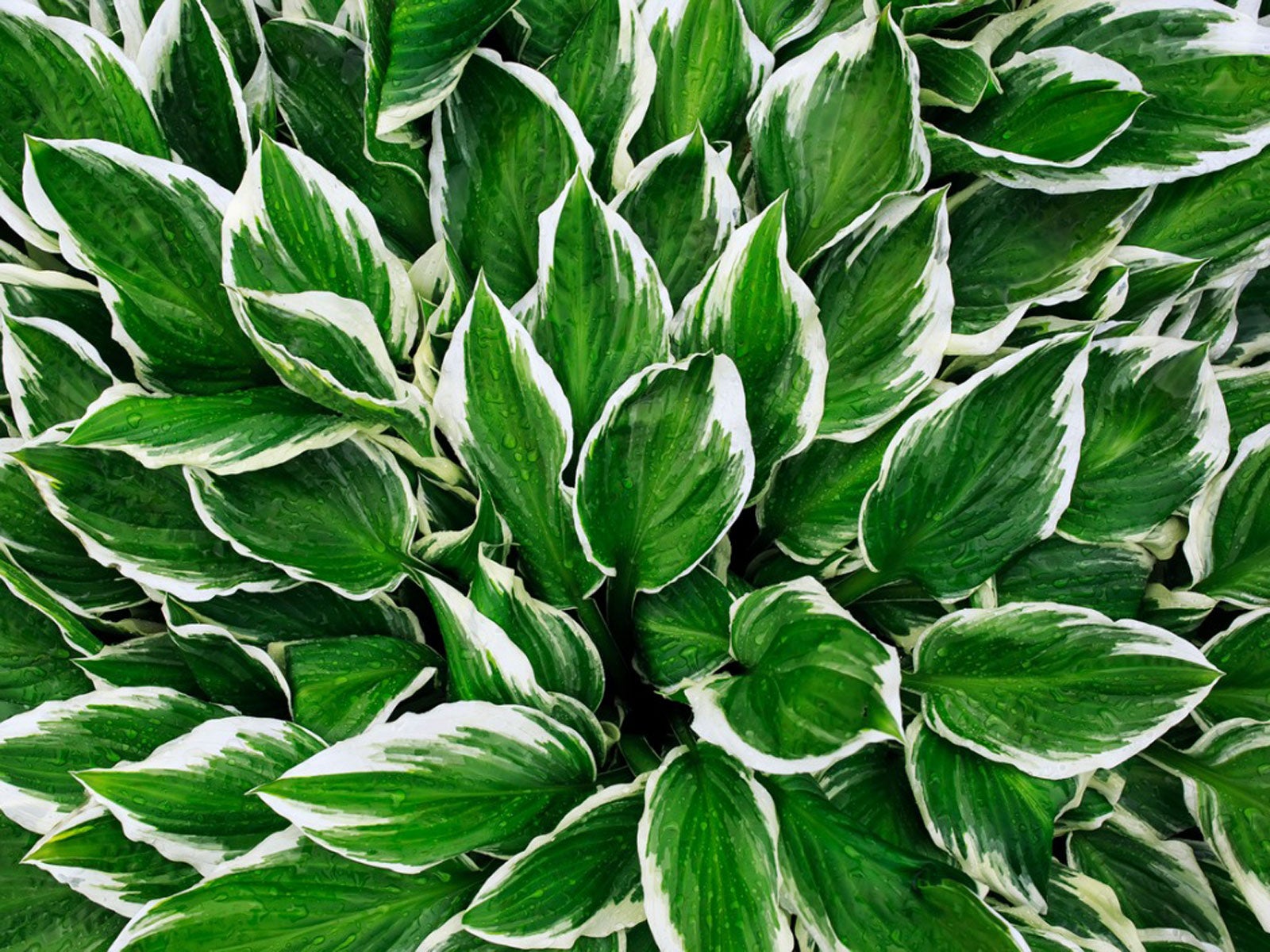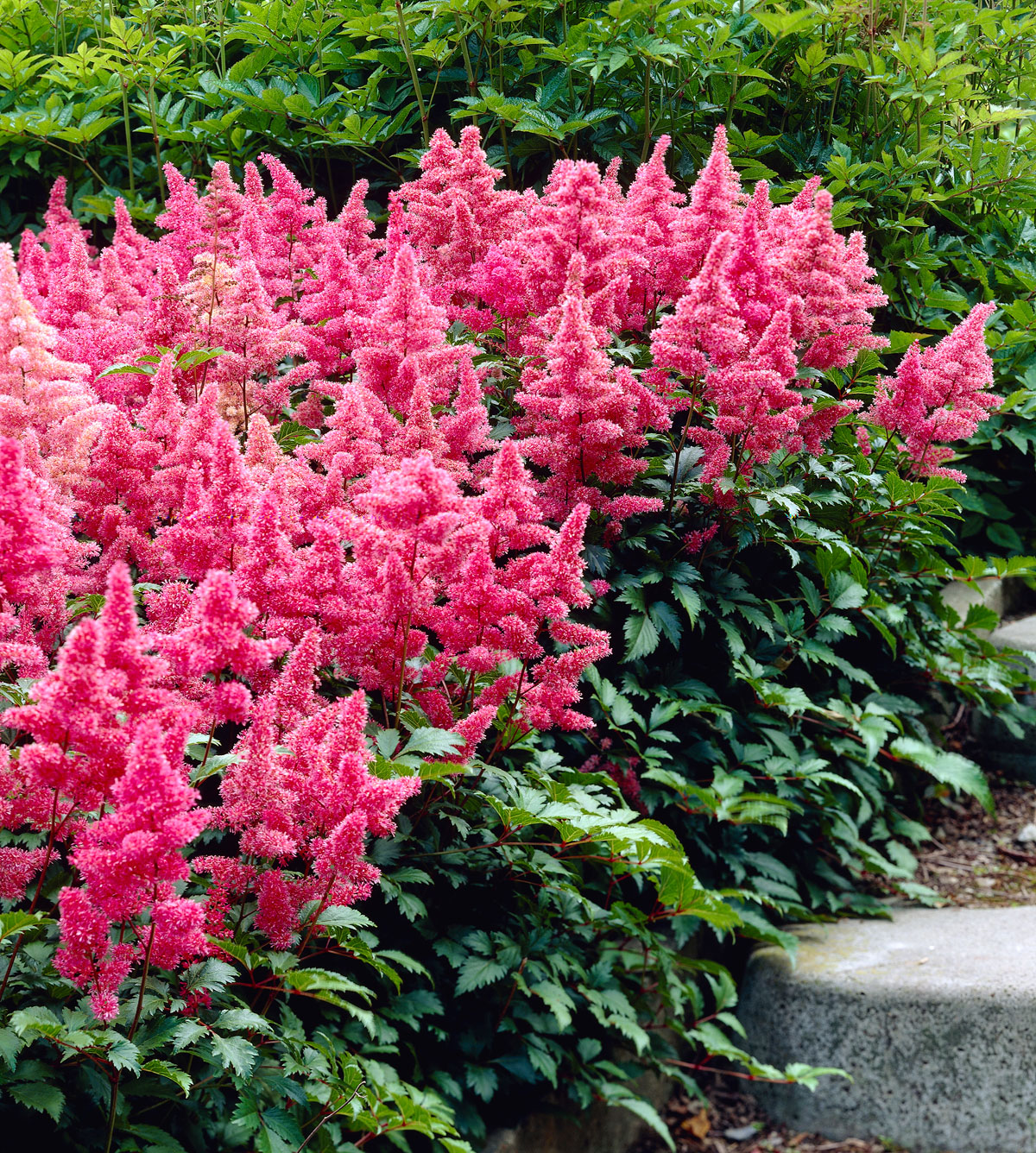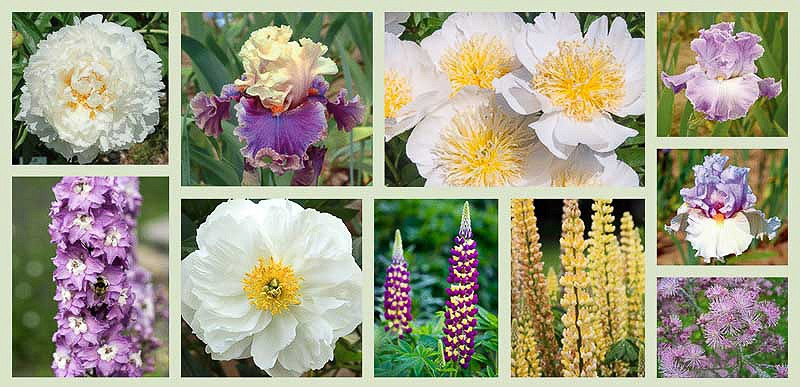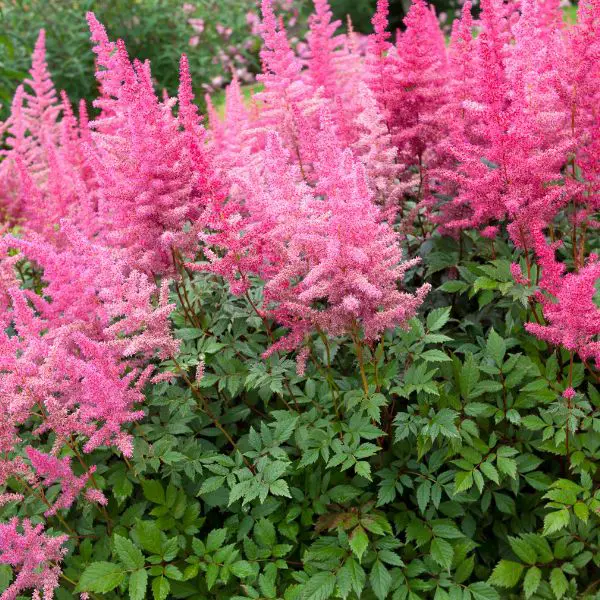The Best Peony Companions: Plants That Will Make Your Flowers Pop
The Best Peony Companions: Plants That Will Make Your Flowers POP
Peonies are some of the most beautiful flowers in the world, and they can be a real showstopper in any garden. But did you know that there are certain plants that can make your peonies even more stunning?
In this blog post, we will discuss the best peony companions. We will cover a variety of plants, including those that complement peonies in terms of color, height, and bloom time. We will also provide some tips on how to plant and care for these companion plants.
Introduction
Peonies are herbaceous perennials that are native to Asia. They are known for their large, showy flowers that come in a variety of colors, including white, pink, red, and yellow. Peonies typically bloom in the spring, and they can live for many years with proper care.
Why Use Companion Plants?
There are a few reasons why you might want to use companion plants with peonies. First, companion plants can help to attract beneficial insects, such as pollinators. This can help to improve the pollination of your peonies, which will lead to more flowers.
Second, companion plants can help to suppress weeds. This is because many companion plants have deep roots that help to break up the soil and prevent weeds from taking hold.
Third, companion plants can help to improve the overall appearance of your garden. By carefully choosing companion plants that complement peonies in terms of color, height, and bloom time, you can create a beautiful and harmonious garden.
What to Look for in a Peony Companion
When choosing companion plants for peonies, there are a few things to keep in mind. First, you want to choose plants that will not compete with peonies for water or nutrients. Second, you want to choose plants that will not shade peonies too much. And third, you want to choose plants that will bloom at the same time as peonies or after peonies have finished blooming.
Some of the Best Peony Companions
Here are some of the best peony companions:
- Hostas: Hostas are a great choice for companion plants for peonies because they have deep roots that help to break up the soil and prevent weeds from taking hold. Hostas also come in a variety of colors, so you can choose ones that complement the colors of your peonies.

- Daylilies: Daylilies are another great choice for companion plants for peonies. They bloom at the same time as peonies, so they will help to extend the flowering season in your garden. Daylilies also come in a variety of colors, so you can choose ones that complement the colors of your peonies.
- Lily of the Valley: Lily of the valley is a low-growing plant that is perfect for planting at the base of peonies. It has delicate white flowers that will contrast nicely with the larger flowers of the peonies.

- Iris: Iris is a tall, graceful plant that is perfect for planting behind peonies. It comes in a variety of colors, so you can choose ones that complement the colors of your peonies.
- Astilbe: Astilbe is a shade-tolerant plant that is perfect for planting under peonies. It has delicate pink or white flowers that will add a touch of elegance to your garden.

Conclusion
Peonies are a beautiful and versatile flower that can be enjoyed by gardeners of all skill levels. By using companion plants, you can help to improve the appearance, health, and pollination of your peonies. So next time you are planting peonies, be sure to consider some of the companion plants mentioned in this blog post.
If you're looking for more information about peony companions, I recommend visiting Home Gardening. This website has a comprehensive list of plants that make good companions for peonies, as well as information on how to plant and care for these beautiful flowers.
FAQ of peony companion
- What are the best companion plants for peonies?
Some of the best companion plants for peonies include:
- Lilacs: Lilacs bloom in early spring, before peonies, so they provide a nice backdrop for the peonies' flowers. They also have a similar growing requirement as peonies, so they will thrive in the same conditions.
- Roses: Roses and peonies are both popular garden flowers, and they look great together. Roses add height and color to the garden, while peonies provide a lush backdrop.
- Hydrangeas: Hydrangeas come in a variety of colors, so you can find one that will complement your peonies. They also bloom in the summer, so they will extend the flowering season in your garden.
- Azaleas: Azaleas are beautiful flowering shrubs that bloom in the spring. They come in a variety of colors, so you can find one that will match your peonies.
- Alliums: Alliums are a type of onion that blooms in the spring. They have large, colorful flowers that look great with peonies.
What are the benefits of planting companion plants with peonies?
There are several benefits to planting companion plants with peonies. Companion plants can:
- Attract pollinators: Pollinators, such as bees and butterflies, are essential for peonies to reproduce. Companion plants that attract pollinators can help to ensure that your peonies are pollinated and produce flowers.
- Provide support: Some companion plants, such as clematis, can provide support for peonies. This is especially important for tree peonies, which can become top-heavy as they mature.
- Improve soil quality: Some companion plants, such as lupines, can improve soil quality. This can help to ensure that your peonies have the nutrients they need to thrive.
- Distract pests: Some companion plants can distract pests from peonies. For example, marigolds are known to repel aphids.
What are some things to keep in mind when choosing companion plants for peonies?
When choosing companion plants for peonies, it is important to consider the following factors:
- Planting time: Some companion plants, such as clematis, should be planted in the fall, while others, such as lupines, should be planted in the spring.
- Growing conditions: Peonies and their companion plants should have similar growing conditions. For example, both peonies and roses need full sun and well-drained soil.
- Height: Peonies come in a variety of heights, so it is important to choose companion plants that will not overshadow them. For example, if you have tall peonies, you might want to choose shorter companion plants, such as marigolds.
- Color: Peonies come in a variety of colors, so you can choose companion plants that will complement their color. For example, if you have white peonies, you might want to choose blue or purple companion plants.
Image of peony companion
- Lupine: Lupines are a great companion plant for peonies because they have similar bloom times and flower colors. They also add height and interest to the garden.

- Lavender: Lavender is a classic companion plant for peonies. It has a sweet fragrance that complements the peony's scent, and it also attracts pollinators.

- Hosta: Hostas are a low-maintenance plant that can provide shade for peonies. They also come in a variety of colors, so you can choose one that complements your peonies.

- Astilbe: Astilbe is a tall, airy plant that adds texture and interest to the garden. It blooms in the summer, so it can help fill the space after the peonies have finished blooming.

- Daylily: Daylilies are a versatile plant that can be used in a variety of ways. They can be planted in front of peonies to add height, or they can be planted behind peonies to create a backdrop.

- Coneflower: Coneflowers are a native North American plant that is known for its daisy-like flowers. They are a great choice for pollinator gardens, and they can also help to attract butterflies.

- Bee balm: Bee balm is a fragrant plant that attracts pollinators. It blooms in the summer, so it can help to fill the space after the peonies have finished blooming.

- Yarrow: Yarrow is a hardy plant that can tolerate a variety of conditions. It blooms in the summer, and it comes in a variety of colors, so you can choose one that complements your peonies.

- Salvia: Salvia is a genus of flowering plants that includes many popular garden varieties. They are known for their colorful flowers and long bloom times.

Post a Comment for "The Best Peony Companions: Plants That Will Make Your Flowers Pop"